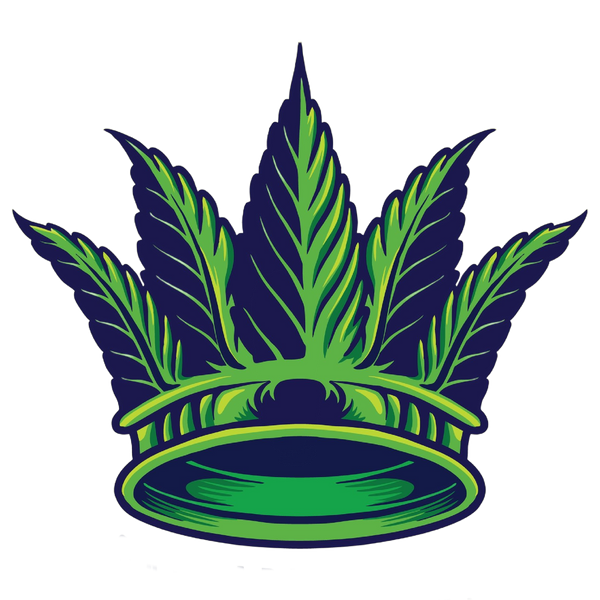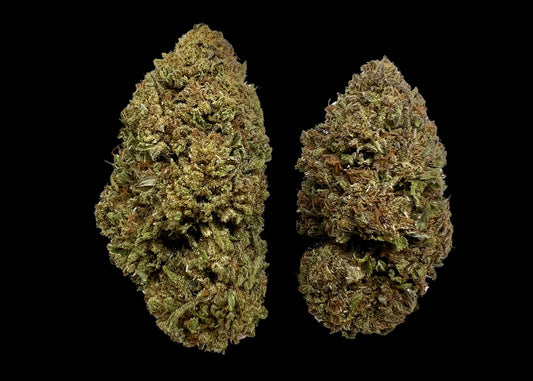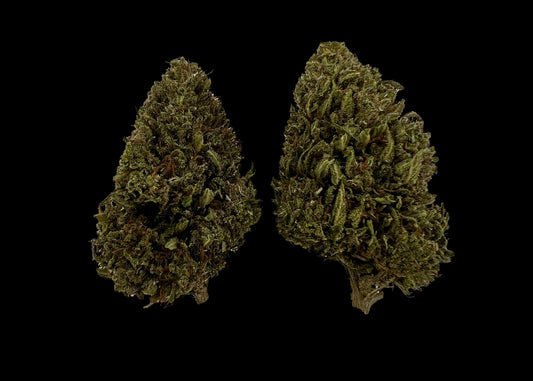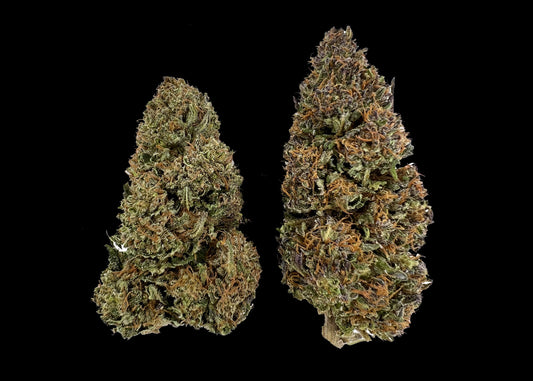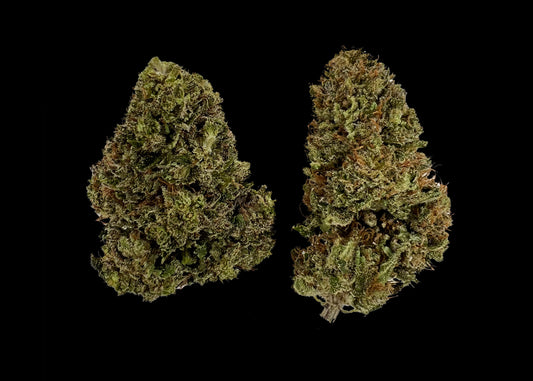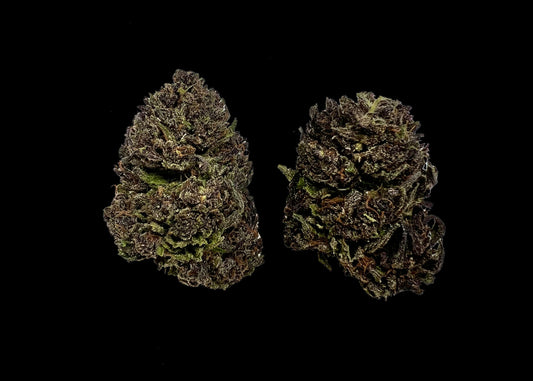Collection: CBD Flower
-
Honolulu Haze CBD Flower
Regular price From $10.50 USDRegular priceUnit price / per$11.00 USDSale price From $10.50 USDSale -
Bubba Kush CBD Flower
Regular price From $10.50 USDRegular priceUnit price / per$11.00 USDSale price From $10.50 USDSale -
Casino Cookies CBD Flower
Regular price From $10.50 USDRegular priceUnit price / per$11.00 USDSale price From $10.50 USDSale -
Sour Lifter CBD Flower
Regular price From $10.50 USDRegular priceUnit price / per$11.00 USDSale price From $10.50 USDSale -
Charlotte's Web CBD Flower
Regular price From $10.50 USDRegular priceUnit price / per$11.00 USDSale price From $10.50 USDSale -
Berry Exotic CBD Flower
Regular price From $10.50 USDRegular priceUnit price / per$11.00 USDSale price From $10.50 USDSale -
Lemon Octane CBD Flower
Regular price From $10.50 USDRegular priceUnit price / per$11.00 USDSale price From $10.50 USDSale -
Pineapple Express CBD Flower
Regular price From $10.50 USDRegular priceUnit price / per$11.00 USDSale price From $10.50 USDSale -
Blue Orchid CBD Flower
Regular price From $10.50 USDRegular priceUnit price / per$11.00 USDSale price From $10.50 USDSale -
Desert Snow CBG Flower
Regular price From $10.50 USDRegular priceUnit price / per$11.00 USDSale price From $10.50 USDSale
Buy Oregon Grown CBD Flower
THCA King Offers Lab Tested, Boutique Hemp Flower Grown In The USA.
Unveiling the Power of CBD and THCA Flower: Your Ultimate Guide
In the ever-expanding landscape of cannabis products, CBD and THCA flower have emerged as potent contenders, offering a myriad of benefits to users. Whether you're a seasoned enthusiast or a newcomer exploring the world of cannabis, understanding the nuances of CBD and THCA flower is essential. In this comprehensive guide, we'll delve into the intricacies of CBD hemp flower and THCA flower, exploring their uses, benefits, and where to find premium products, including wholesale options.
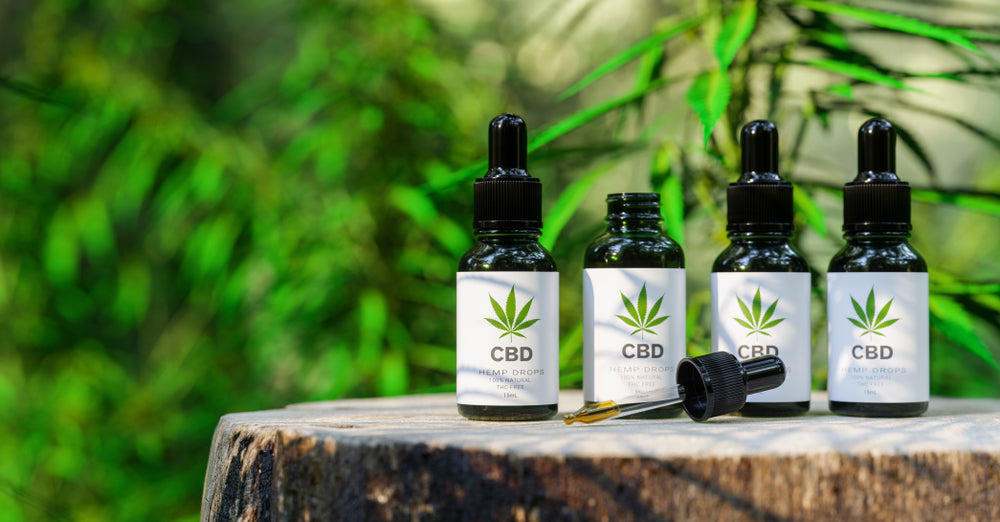
What Is CBD?
Cannabidiol, commonly known as CBD, is a naturally occurring compound found in the cannabis plant. Unlike its counterpart, tetrahydrocannabinol (THC), CBD is non-psychoactive, meaning it doesn't produce the "high" typically associated with cannabis. Instead, CBD is celebrated for its potential therapeutic benefits, including relief from pain, anxiety, and insomnia. As a result, CBD products such as oils, tinctures, and edibles have gained popularity among those seeking natural remedies. With ongoing research and increasing public interest, CBD continues to be a focal point in the conversation surrounding alternative wellness solutions.
CBD Flower: Nature's Wellness Companion
CBD flower, derived from hemp plants, contains high levels of CBD and minimal levels of THC, offering users a natural and versatile way to experience the benefits of cannabidiol. From alleviating chronic pain and inflammation to reducing anxiety and promoting relaxation, CBD flower has garnered widespread attention for its holistic wellness properties.
Exploring the Benefits of CBD Hemp Flower
CBD hemp flower boasts a diverse range of potential benefits, making it a popular choice among health-conscious individuals seeking natural alternatives. Many users report experiencing relief from various ailments, including arthritis, migraines, and insomnia, without the intoxicating effects commonly associated with THC. Moreover, CBD flower offers a convenient consumption method, allowing users to enjoy its therapeutic effects through smoking or vaporization.
CBD Flower for Sale: Finding Your Perfect Match
When shopping for CBD flower, it's crucial to prioritize quality and transparency. Look for reputable vendors that offer premium-grade CBD hemp flower, free from pesticides and contaminants. Whether you prefer fruity, earthy, or floral aromas, there's a CBD flower strain to suit every palate. From pre-rolled joints to loose buds, explore a variety of products to find the perfect match for your needs.
Unlocking Wholesale CBD Flower Opportunities
For retailers and businesses looking to stock CBD flower products, wholesale options offer a cost-effective solution. Wholesale CBD flower allows you to access premium-quality products in bulk, ensuring a steady supply for your customers while maximizing profitability. Partnering with reliable wholesale suppliers ensures consistency and quality in your inventory, fostering trust and loyalty among your clientele.
THCA Flower: Embracing the Potential of Tetrahydrocannabinolic Acid
THCA, short for tetrahydrocannabinolic acid, is a precursor to THC found in raw cannabis plants. Unlike THC, THCA is non-intoxicating and must be decarboxylated through heat to produce psychoactive effects. THCA flower offers users a unique experience, with potential benefits ranging from anti-inflammatory and neuroprotective properties to appetite stimulation and pain relief.
Conclusion: CBD and THCA Flower Has Many Benefits
As interest in natural wellness continues to rise, CBD and THCA flower stand at the forefront of the cannabis revolution. With their diverse range of potential benefits and versatile consumption methods, CBD and THCA flower offer something for everyone, from seasoned enthusiasts to health-conscious consumers. Whether you're seeking relief from pain, stress, or inflammation, or simply looking to enhance your overall well-being, CBD and THCA flower provide a natural and holistic solution worth exploring. With quality products readily available, including wholesale options for retailers, unlocking the potential of CBD and THCA flower has never been more accessible.

YOUR BURNING QUESTIONS ANSWERED
CBD & THCA FAQ
What is the difference between CBD flower and THCA flower?
CBD flower contains high levels of cannabidiol (CBD) and minimal levels of tetrahydrocannabinol (THC), offering therapeutic benefits without psychoactive effects. On the other hand, THCA flower contains tetrahydrocannabinolic acid (THCA), the precursor to THC, which becomes psychoactive when heated. Understanding the distinction between the two allows users to choose products based on their preferences and desired effects.
How do I choose the right CBD or THCA flower strain for me?
Consider factors such as potency, terpene profile, and desired effects when selecting a CBD or THCA flower strain. Experiment with different strains to find the one that best suits your needs and preferences. Whether you're seeking relaxation, pain relief, or mental clarity, there's a strain out there to cater to your individual needs.
Are there any potential side effects of using CBD or THCA flower?
While CBD and THCA are generally well-tolerated, some users may experience side effects such as dry mouth, dizziness, or fatigue. It's essential to start with a low dose and gradually increase as needed while monitoring for any adverse reactions. Additionally, consult with a healthcare professional before incorporating CBD or THCA flower into your wellness routine, especially if you have underlying health conditions or are taking medication.
Can I purchase CBD or THCA flower wholesale for my business?
Yes, many reputable suppliers offer wholesale options for CBD and THCA flower products. Wholesale purchasing allows retailers and businesses to access premium-grade products in bulk, ensuring a consistent supply for their customers. It's essential to partner with trusted suppliers who prioritize quality and transparency to maintain customer satisfaction and loyalty.

Other THCA Products For Sale
-
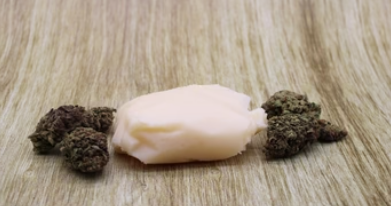
THCA Concentrates
THCA King Offers THCA Concentrates In Live Rosin Badder and Wax. Testing...
-
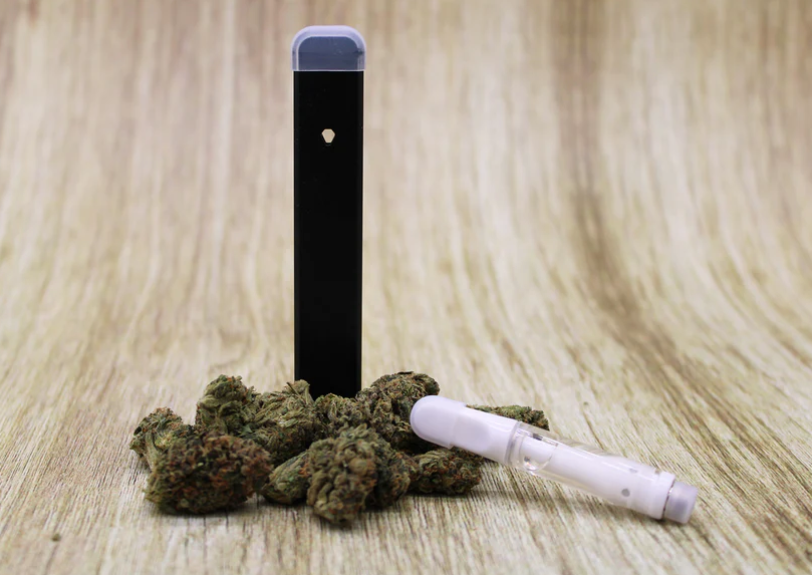
THCA Vapes
THCA King offers Live Rosin THCA Disposable Vapes and 1 gram cartridges. ...
-
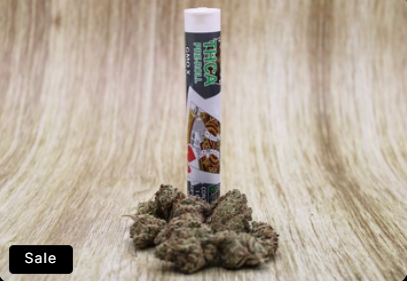
THCA Pre-Rolls
THCA King Offers High THCA Pre-Rolls In A Variety Of Strains And...
